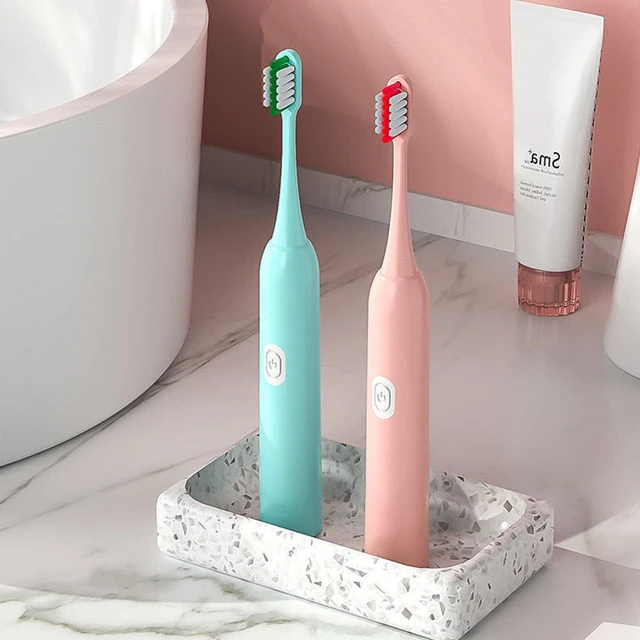Introduction
Electric toothbrushes have become increasingly popular due to their effective cleaning power and convenience. However, like any electronic device, there comes a time when you need to dispose of them. Electric toothbrushes contain various components that require proper handling to minimize environmental impact. In this comprehensive guide, we will explore different methods for responsibly disposing of electric toothbrushes, discuss recycling options, provide tips for safe battery removal, and offer insights into eco-friendly alternatives. Let’s embark on a sustainable journey to bid farewell to our electric toothbrushes.
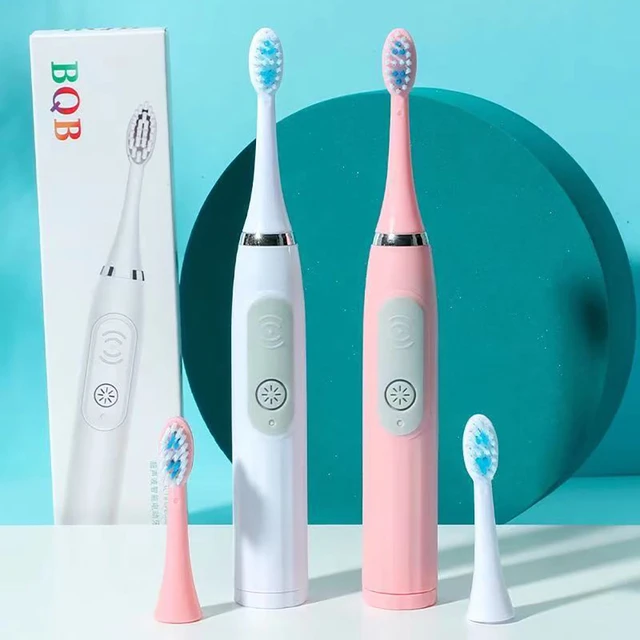
Sustainable Toothbrush Goodbyes: Disposing of Your Electric Toothbrush Responsibly
I. The Importance of Responsible Disposal
-
Environmental Impact:
- Proper disposal of electric toothbrushes is crucial to minimize the environmental impact of their components, such as batteries and plastic parts, which may contain hazardous materials.
-
Sustainability:
- Responsible disposal of an electric toothbrush aligns with sustainable practices, promoting the conservation of resources and reducing waste in landfills.
II. Recycling Electric Toothbrushes
-
Check Local Recycling Programs:
- Research local recycling programs to determine if they accept electric toothbrushes or their components. Many municipalities have specialized recycling centers or programs that accept e-waste.
-
Separating Components:
- Disassemble the various parts of the electric toothbrush, such as the brush head, handle, and battery, following the manufacturer’s instructions. This eases the recycling process and ensures the different components are properly recycled.
-
Battery Removal:
- Safely remove the battery from the electric toothbrush, considering that some batteries can be hazardous if not disposed of correctly. Refer to Section IV for safe battery removal and disposal guidelines.
-
Consult Recycling Guidelines:
- Follow the specific recycling guidelines in your area or provided by the manufacturer to ensure the electric toothbrush components are recycled appropriately.
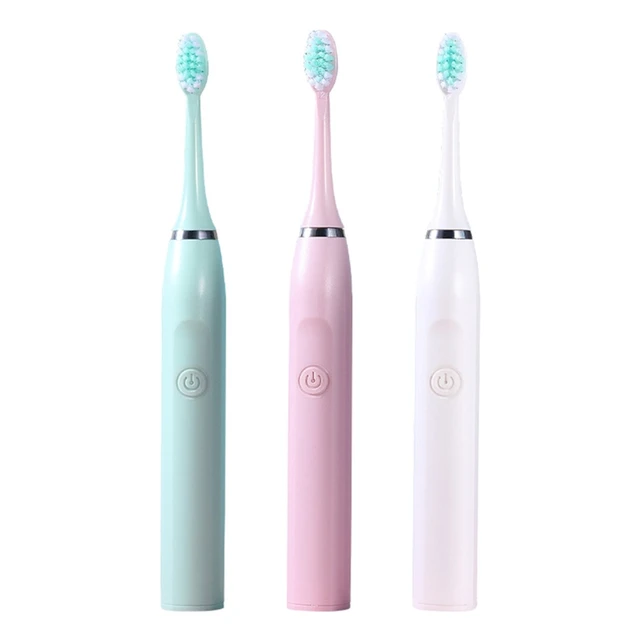
III. Proper Disposal of Electric Toothbrush Batteries
-
Battery Type Identification:
- Identify the battery type used in your electric toothbrush, as different battery chemistries require specific disposal methods. Common types include nickel-cadmium (Ni-Cd), nickel-metal hydride (Ni-MH), and lithium-ion (Li-ion).
-
Battery Recycling Programs:
- Check recycling programs in your area that accept and recycle batteries. Many retailers offer battery recycling bins, and certain communities have specialized collection points or events.
-
Battery Collection and Storage:
- Collect used batteries in a designated, non-metallic container, preferably storing them in a cool, dry location away from flammable materials until you can properly dispose of them.
-
Battery Labeling:
- To ensure proper identification and disposal, attach labels indicating the battery chemistry, particularly if you have multiple battery types awaiting recycling.
-
Battery Disposal Restrictions:
- Understand any legal restrictions or regulations in your region regarding the disposal of batteries. Some jurisdictions prohibit certain types of batteries from being discarded in regular trash, requiring proper recycling or disposal methods.
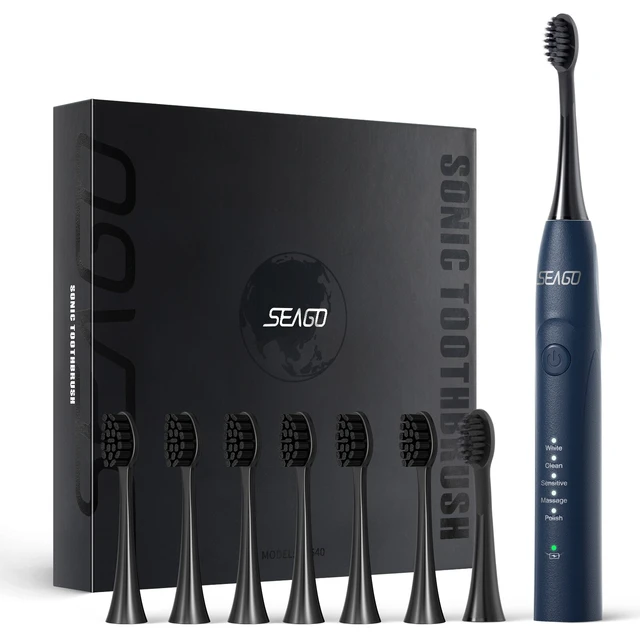
IV. Safe Battery Removal
-
Battery Removal Precautions:
- Prioritize your safety when removing batteries from electric toothbrushes. When in doubt or lacking expertise, consider seeking assistance from a professional or a certified recycling facility.
-
Disconnecting Power:
- If your electric toothbrush has a replaceable battery, disconnect the power source by removing the battery compartment cover or unplugging the charger, depending on the model.
-
Check Manufacturer Instructions:
- Consult the manufacturer’s instructions or the product manual for specific guidance on battery removal. Some electric toothbrushes may have built-in rechargeable batteries that require professional assistance to remove.
-
Use Proper Tools:
- Use appropriate tools, such as small screwdrivers or pry tools, to safely access and remove the battery compartment, ensuring you do not damage the electric toothbrush or harm yourself in the process.
V. Eco-Friendly Alternatives
-
Rechargeable Toothbrushes:
- Consider using a rechargeable toothbrush as an environmentally friendly alternative to electric toothbrushes with replaceable batteries. These toothbrushes often come with rechargeable batteries that can be used for an extended period, reducing waste.
-
Sustainable Manual Toothbrushes:
- Opt for sustainable toothbrushes made from recyclable or biodegradable materials, such as bamboo or plant-based handles. These toothbrushes are environmentally friendly and biodegradable.
-
Toothbrush Recycling Programs:
- Investigate toothbrush recycling programs, as some organizations or manufacturers accept used toothbrushes for recycling or repurposing. These programs can help reduce the environmental impact of toothbrush disposal.
-
Donate or Repurpose:
- Consider donating your electric toothbrush to local charities, community centers, or schools that may have a need for them. Alternatively, repurpose the toothbrush for other cleaning tasks or DIY projects to extend its usefulness.

VII. Extended Lifespan and Maintenance of Electric Toothbrushes
-
Cleaning and Maintenance:
- Properly maintain your electric toothbrush to maximize its lifespan. Follow the manufacturer’s instructions for cleaning the brush head, handle, and charging base. Regularly remove any residual toothpaste or debris to ensure optimal performance.
-
Changing Brush Heads:
- Replace the brush head according to the manufacturer’s recommendations, typically every three to four months or sooner if the bristles show signs of wear. Dispose of the used brush heads following the recycling guidelines provided by the manufacturer.
-
Proper Storage:
- Store your electric toothbrush in a clean and hygienic environment when not in use. Ensure the brush head is protected and dry to prevent the growth of mold or bacteria.
-
Battery Maintenance:
- If your electric toothbrush contains a rechargeable battery, it is essential to properly maintain the battery’s health. Follow the manufacturer’s guidelines for charging and discharging cycles to maximize its longevity.
VIII. Spreading Awareness and Education
- Spread the word about responsible disposal of electric toothbrushes and promote recycling initiatives in your community. Engage in conversations and social media platforms to raise awareness and educate others about the importance of proper disposal.
-
Encourage Manufacturer Responsibility:
- Advocate for manufacturers to take responsibility for the end-of-life management of their products. Support companies that offer recycling programs or use sustainable materials in their toothbrush designs.
-
Community Recycling Events:
- Collaborate with local authorities, community organizations, or dental offices to organize recycling events where residents can bring their old electric toothbrushes and other e-waste for proper disposal.
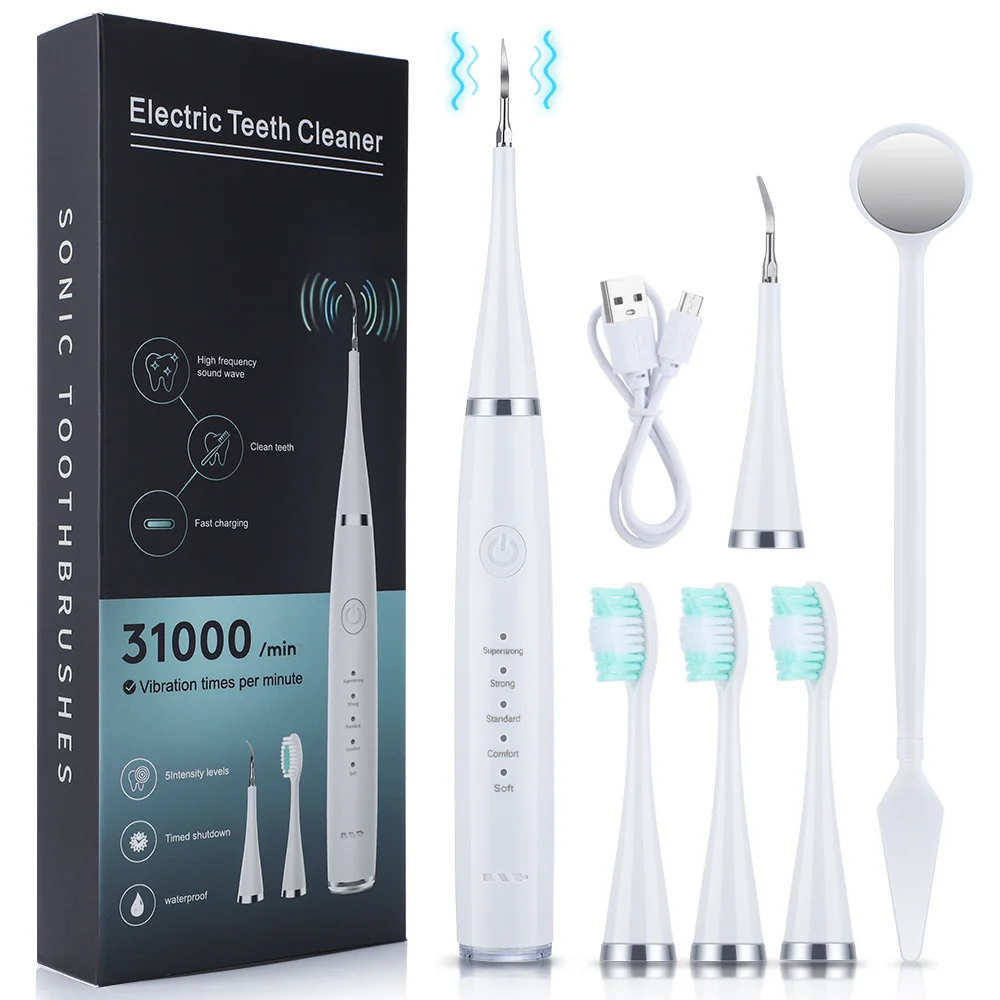
VI. Conclusion: Sustainable Goodbyes for Your Electric Toothbrush
Disposing of an electric toothbrush responsibly is crucial for minimizing environmental harm and promoting sustainability. By exploring recycling options, safely removing batteries, and considering eco-friendly alternatives, we can bid farewell to our electric toothbrushes in an environmentally conscious manner.
Remember to check local recycling programs, follow battery disposal guidelines, and explore sustainable toothbrush alternatives to continue your journey towards a greener lifestyle. Embrace sustainable practices from start to finish, ensuring the entire life cycle of your electric toothbrush aligns with your commitment to environmental preservation.

